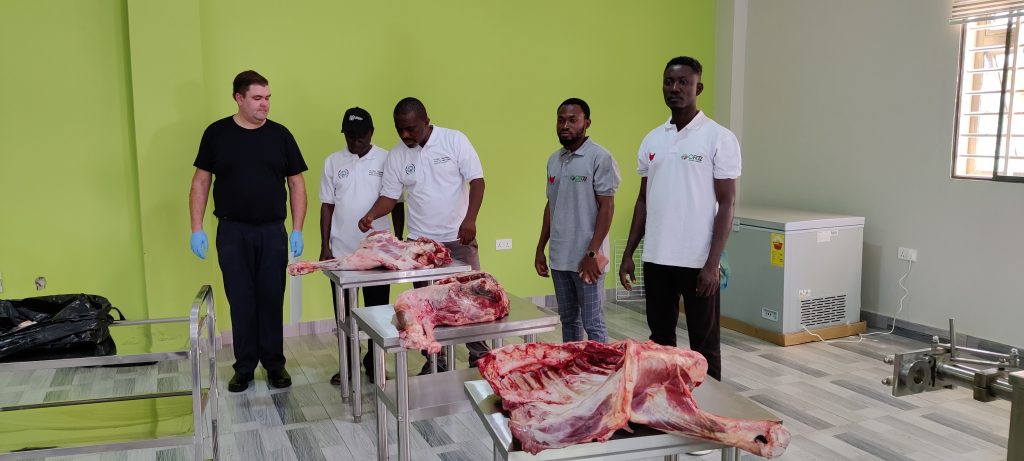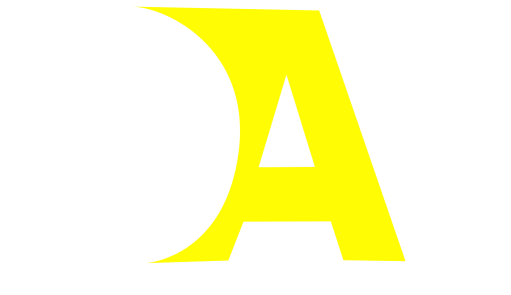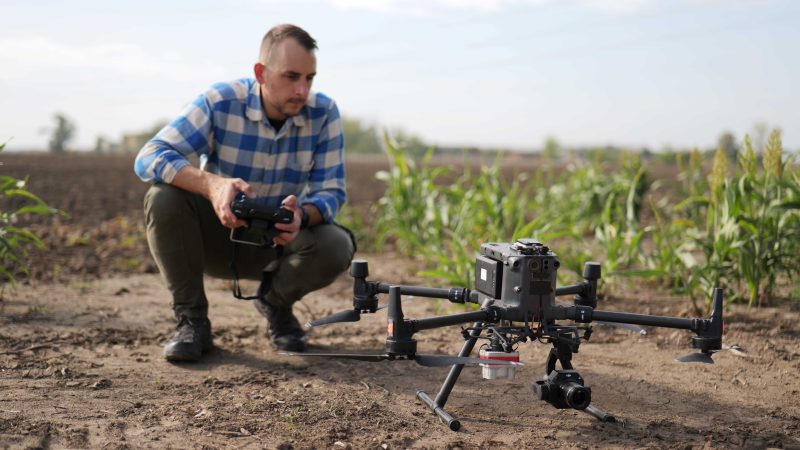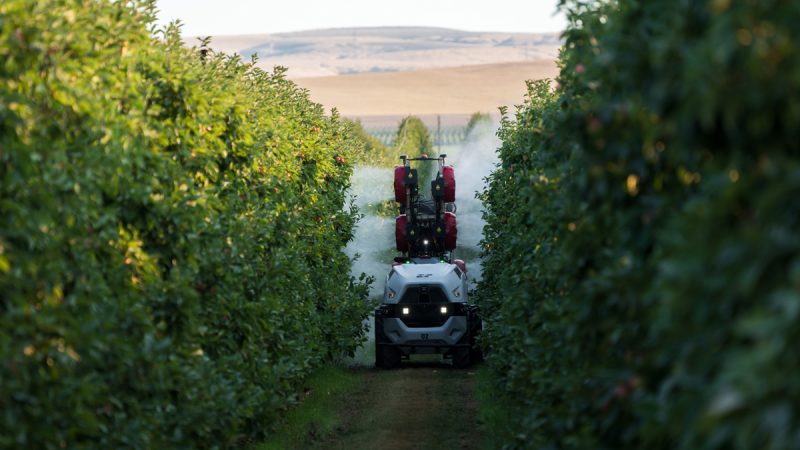
Beef Industry Overview
The U.S. beef industry in August 2024 is navigating a complex landscape marked by fluctuating inventories, evolving market dynamics, and strong consumer demand. Beef cow inventories have plummeted to a 63-year low, a consequence of prolonged droughts and economic pressures that have forced higher culling rates. This reduction in herd size has led to a decrease in beef production by approximately 1.4% year-over-year (U.OSU) (National Beef Wire).
Despite lower production, retail beef prices have surged to record highs in early 2024, driven by robust consumer demand both domestically and internationally.
The USDA’s data for late July 2024 indicates that live cattle prices are holding steady around $1.92 to $1.93 per pound, with slaughter rates stabilizing at about 600,000 head per week (Food Supply Hub). The grading of cattle remains high, with over 82% of cattle grading as Choice or higher (Food Supply Hub).
Export markets have played a significant role in sustaining beef prices. Beef exports have increased by 32% compared to the same period last year, with notable demand from Asian markets, particularly South Korea and Japan.
This surge in exports is crucial for balancing the domestic supply and supporting cattle prices amidst a backdrop of reduced production (Food Supply Hub) (National Beef Wire).
Pork Industry Trends
The pork industry has shown resilience in 2024 after a challenging year in 2023, where hog farmers faced average losses of $31 per head due to elevated input costs, particularly from feeds. This year, however, has seen a substantial improvement with feed costs dropping by 25%, leading to an average profit of $8.82 per hog for farrow-to-finish operations in June 2024 (Farm Bureau).
Domestic demand for pork remains stable, with the USDA estimating annual per capita consumption at 51 pounds, a slight increase from previous projections. However, the primary driver of market dynamics has been export demand, which has seen a 6.7% increase year-to-date. Mexico continues to be a critical trade partner, purchasing 369,100 metric tons of U.S. pork, far outstripping other international buyers (Farm Bureau).
Despite these positive trends, the industry faces challenges, including high fixed costs such as fuel and utilities, which remain elevated due to inflation. Additionally, the increased prices for certain pork products like hams could potentially dampen future export demand, especially from key markets like Mexico (Farm Bureau).
Poultry Industry Insights
The poultry sector, particularly broiler production, has experienced slight declines in 2024. The USDA has adjusted its projections, estimating a 1% decrease in broiler production for the year. This adjustment is attributed to lower average weights and a cautious approach to managing production levels (Farm Bureau).
However, consumer demand for chicken continues to be robust, with per capita consumption rising to 101.6 pounds, up by 2.1 pounds from 2023. This increase is partly driven by higher prices for alternative meats like beef, making chicken a more attractive option for consumers. Despite the production challenges, the market remains relatively stable, supported by strong domestic consumption (Farm Bureau).
The egg industry has also faced hurdles, primarily due to outbreaks of Highly Pathogenic Avian Influenza (HPAI), which have impacted layer populations. June 2024 saw a 2% decline in egg production compared to the previous year. The number of layers has decreased by 3%, although egg production per 100 layers has increased slightly (Farm Bureau). The industry continues to adapt by increasing egg sets to ensure a steady supply of hatching eggs, although this strategy faces its own set of challenges.
Dairy Industry Developments
The dairy sector has shown stability amidst fluctuating market conditions. Production levels have remained steady, with minor adjustments reflecting current market demands. The industry is grappling with production costs and shifting consumer preferences, which continue to shape market dynamics (Food Supply Hub).
One of the critical issues for the dairy industry has been managing the balance between production and consumption. With milk prices experiencing periodic fluctuations, dairy producers are focused on optimizing their output to meet both domestic and international demands. Trade policies and international market access remain pivotal, influencing the strategic decisions of dairy producers (Food Supply Hub).
Seafood Industry Highlights
The seafood industry is currently influenced by a mix of domestic and international factors, shaping production and trade patterns. U.S. seafood markets are undergoing adjustments due to changing demand patterns, regulatory measures, and sustainability initiatives. The industry faces challenges related to environmental impacts and sustainability, which are increasingly critical to production practices and market strategies (Food Supply Hub).
Sustainability is a significant concern, with initiatives aimed at ensuring long-term viability of seafood stocks. Regulatory measures are being implemented to manage fishing practices, reduce bycatch, and protect marine ecosystems. These measures are crucial for maintaining the health of seafood populations and supporting the industry’s future growth (Food Supply Hub).
In summary, the livestock and seafood industries in August 2024 are navigating a multifaceted landscape marked by economic pressures, evolving consumer preferences, and regulatory challenges. While each sector faces its unique set of hurdles, there is a common thread of resilience and adaptability as producers and industry stakeholders work towards balancing supply and demand in an ever-changing market environment. The ongoing efforts to optimize production, enhance sustainability, and expand market access are critical to the future success of these industries.


![African agricultural journalists elect new officials [MEET THE TEAM]](https://www.dailyagricnews.com/wp-content/uploads/2025/03/PAAJ-logo-768x768-1-768x450.webp)


AGRICULTURAL SECTOR UNEMPLOYMENT. WE NEED POSTINGS NOW
The ministry of Food and Agriculture (MOFA) is the lead agency and focal point of the government of Ghana, responsible for developing and executing policies and strategies for the Agriculture sector.
There are many policies undertaking by the Ministry of Food and Agriculture. Among them is the Almighty Planting for food and job’s which was launched on 19th April, 2017. Despite mobilizing over 4.2 million farmer’s, the program faced significant budgetary constraints and inadequate EXTENSION AGENTS, thereby posing s major challenge to its sustainability.
The PFJ was to improve food security, reduce poverty, and create employment. Opportunities as a result five(5) key pillars were designed for policy action as:
1) provisioning of subsidized (50% certified seeds)
2) subsidized (at 50% fertilizer)
3) E-agriculture
4) Market opportunities and
5) FREE EXTENSION SERVICES
Again, the PFJ phase ii. Launched on August 28th, 2023 in Tamale. The PFJ phase ii was going to be a game changer in the Agricultural sector of Ghana. It aims to boost self-sufficiency in selected food commodities, modernized agriculture, and stimulate growth through subsidies for food security and job’s.
The five year period of implementing PFJ 2.0 is expected to increase the availability and access to improve inputs, Mechanization, EXTENSION SERVICES, and output markets. The PFJ phase ii almost failed. Since the commencement of the PFJ 2.0, Data collection in March 2024, the possibility of completing the Data even in 2025 Will be low. Due to inadequate AGRICULTURE EXTENSION AGENTS. The idea of growing the Agricultural sector by this current government and successful governments is a good idea. But the implementation is always poorly done. Why because since 2019, Agricultural graduates in various colleges are left to rot. The portal had not been opened not to talk of qualified applicants ( graduate in Agricultural institutions applying for the Job.
For instance PFJ phase ii. Is a policy designed to allow private sector involvement by so doing all districts across the country had been given Aggregators who are supposed to supply to the small hold farmer’s inputs and machinery services on credit and recover the output at the end of the farming season. In view of this three important tools are been used for the Data collection.
The tools are:
1) GHAAP AEA app
2) GHAAP FARMER app and
3) GHAAP AGGREGATORS app
The Agriculture Extension Agents are to register every farmer and map their fields. This is done across the country using the GHAAP AEA app. The next thing is when the pincodes are given to approved farmer’s the GHAAP FARMER app will also be used to sign in and purchase the inputs. Then the GHAAP AGGREGATORS app will be used before the distribution of the inputs. Today, as we speak the registration and mapping of farm lands is still ongoing due to the inadequate AGRICULTURE EXTENSION AGENTS. Meanwhile, the farming season in the Northern Region is almost ending.
The ideal ratio of extension agents to small holder farmer’s in Ghana is 1:500. But the current ratio of Extension Agents to small holder farmer’s in Ghana is 1:10,000. This means that, for every extension agent working in Ghana, there are 10,000 small holder farmer’s. Hence the need for the GOVERNMENT/MINISTRY OF FOOD AND AGRICULTURE to employ Agriculture unemployed graduate as Agriculture Extension Agents to boost our economy and livelihood of the farmers.
Written by:
MUSAH ADAM ABDUL LATIF MBURIDIBA
A graduate from Damongo Agricultural College.